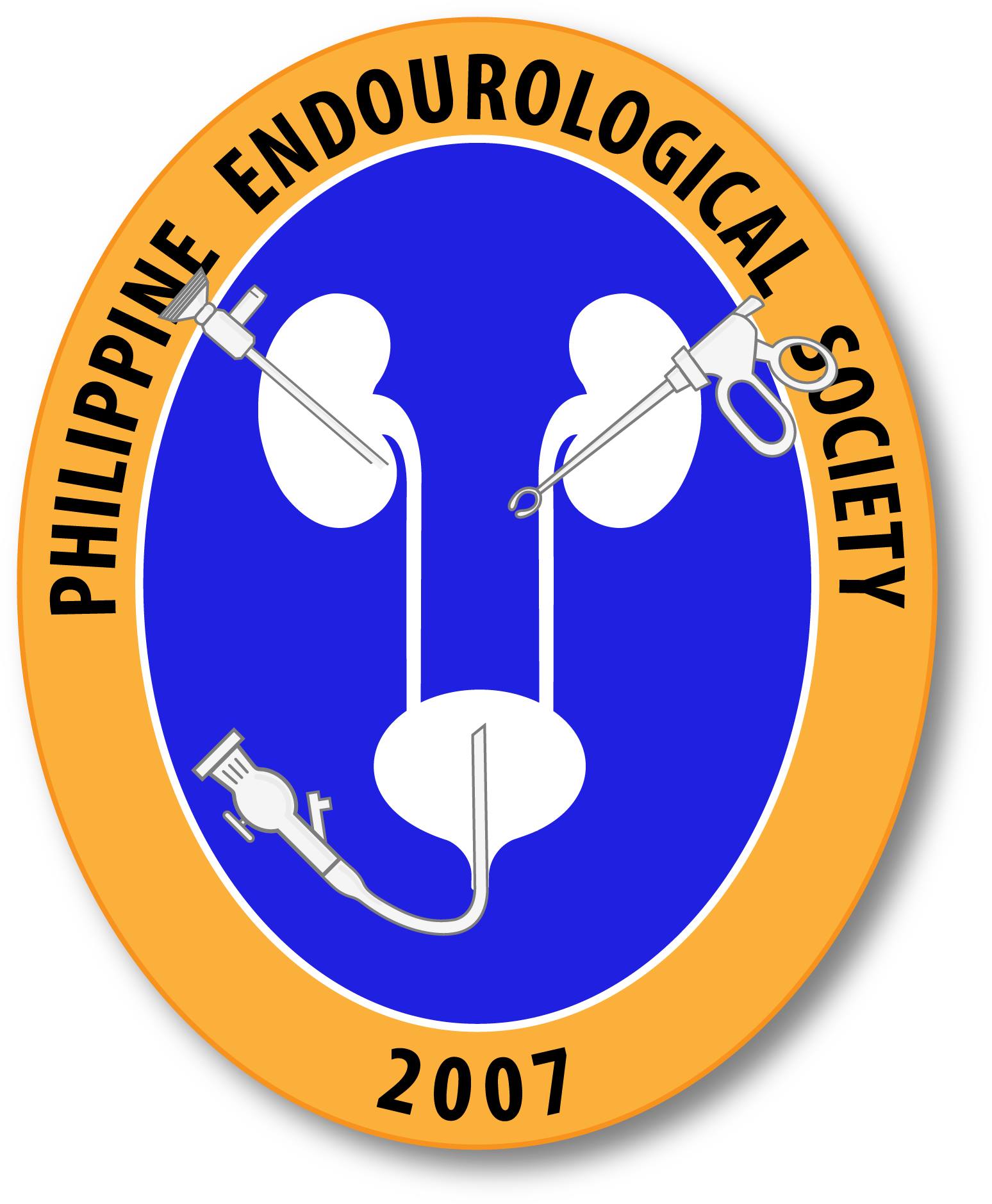Effects and safety of herbal medicines on patients with overactive bladder: A protocol for a systematic view and meta-analysis.
Overactive bladder (OAB) is a common disease in the urinary system. The morbidity is increasing annually. Herbal medicines have been pervasively used in the therapy of OAB. However, systematic review or meta-analysis has not been found to assess the effects and safety of herbal medicines in curing OAB at present. Hence, the systematic review is […]
